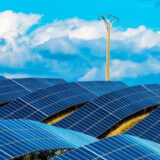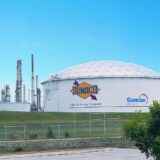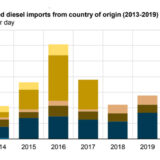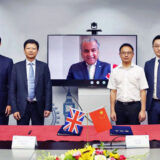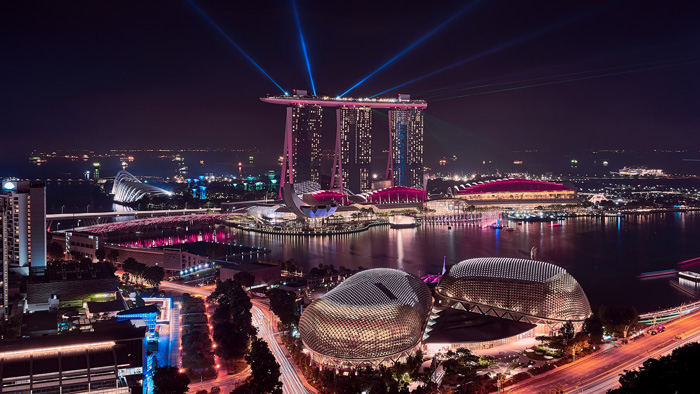
Singapore to continue to rely on natural gas for the next 50 years
Singapore’s Minister of Trade and Industry Chan Chun Sing said the island-state would continue to rely on natural gas for the next 50 years for a substantial part of its energy needs, while continuing to diversify its sources of natural gas, coming from all parts of the world.
In addition, the country will continually improve the technology being used to generate power from natural gas and to be more efficient.
“The technology is moving very fast and we will continue to make sure Singapore stays ahead of the curve, even as we depend very much on natural gas,” Chan said during his keynote address at the 12th edition of the Singapore International Energy Week (SIEW) last week.
Singapore will also continue to grow itself as an LNG trading hub, including studying a potential additional LNG terminal for Singapore, issuing new LNG import licenses and continuing to strengthen our basic fundamental financial and data support systems.
“These will enable us to become a regional, or even global, LNG trading hub. So these are the things we will do to ensure that while we continue to use natural gas, we will diversify our sources and build up our capabilities,” he said.
Meanwhile, the minister discussed Singapore’s plan to deploy more solar panels in Singapore. Over the last 10 years, grid-connected solar installations have increased from 30 to more than 3,000 in Singapore. Chan said Singapore is on track to reach a target of 350-megawatt peak deployed by next year and by making “every surface count.”
The challenge is to dramatically increase not just the two-dimensional surface area for the collection of solar, but also the three-dimensional surface area for the collection of solar.
“If tomorrow, the efficiency of the solar panel can also improve to include vertical surfaces, if every one of our high-rise buildings, the walls, and even the windows become solar collectors, it will fundamentally change how much solar energy Singapore can generate for our domestic supply,” he said.
Today, the solar panel energy collection efficiency is still pretty low, he said, with most conventional solar panels at between 15 to 20%.
“The question is, can we increase the efficiency beyond 25%? If there is a breakthrough in this, then the amount of solar energy that can be collected with the same surface area will be very different. So we have set ourselves a target. That by 2030, we aim to deploy at least 2 Gigawatt peak of solar energy. That will be about 10% of Singapore’s peak daily electricity demand today.”
Further, Singapore plans to deploy about 200 megawatts of energy storage solutions beyond 2025, he said.
“If we have a network of energy storage solutions across the entire island, it will also help us to manage the stability and resilience of our energy grid. Not only that, if we have sufficient energy storage solutions, it will also help us to shave off the difference between the peak and trough within the daily demand cycle.”
In Singapore, the difference between the peak and the trough within the daily cycle can be as much as 30%, he said. In order to cater to peak demand, many resources will be required to build extra infrastructure capacity. But by using energy storage solutions, Singapore can better balance the peak and the trough demand, thus saving on the infrastructure cost.
Singapore is also exploring the possibility of a regional power grid in the next 50 years. “Today in Southeast Asia, some countries have an abundance of hydro and other renewables. If we can connect the regional grid, it will provide greater resilience and stability for the entire system,” he said.
In addition, Singapore is exploring other low-carbon energy sources, such as “green hydrogen” or environmentally friendly hydrogen, which, combined with carbon dioxide captured from industrial processes, could produce new forms of energy that have not been envisaged before.
“Today in the world, there are also many other new ideas of how people can produce energy. Some people talk about biomass and algae. But of course we all understand, the holy grail for everyone today is nuclear fusion, not nuclear fission. We believe it will take many more years to mature fusion technology before it can be commercialized. But we will never give up the search for alternative energy sources to complement the three switches that we already have.”






